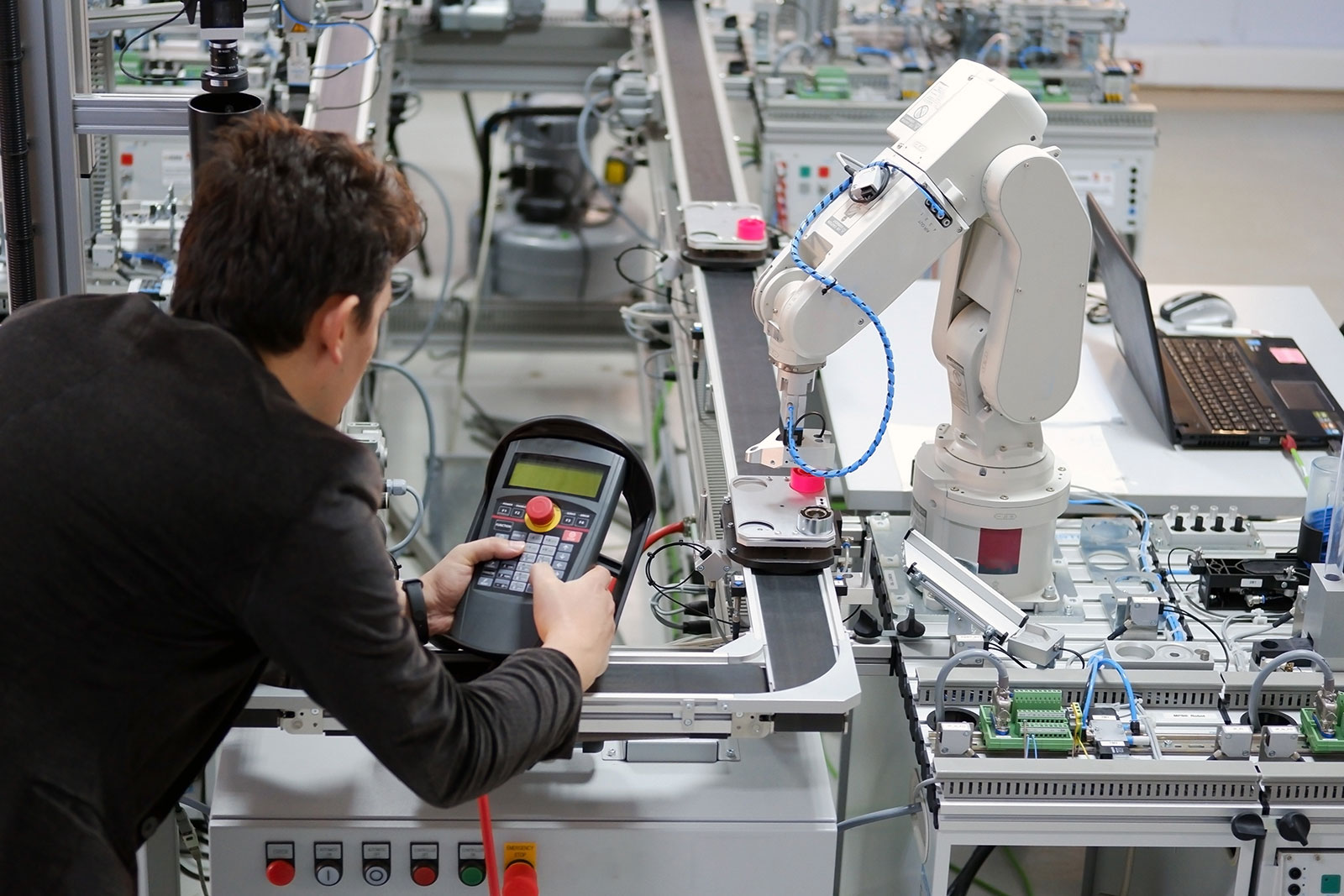The Marvelous World of Mechatronics: Where Mechanical and Electrical Engineering Meets
Have you ever wondered how machines are able to move and work seamlessly? Or how automated systems are able to operate with such precision and accuracy? The answer lies in the world of mechatronics, a field that combines mechanical, electrical, and computer engineering.
Mechatronics is a relatively new field that emerged in the 1960s in Japan. It is a multidisciplinary field that involves the integration of mechanical systems, electronics, control systems, and computers to create smart and intelligent machines. The term "mechatronics" is a combination of "mechanical" and "electronics," which are the two main fields of study in mechatronics.
Mechatronics is everywhere around us, from the robots that assemble cars to the automated systems that operate in factories. It is also used in everyday devices, such as smartphones, smartwatches, and even washing machines. Mechatronics has become an essential component of modern technology, and its applications are limitless.
One of the most significant advantages of mechatronics is its ability to improve the efficiency and accuracy of machines. By integrating sensors, microcontrollers, and control systems, mechatronic systems can operate with precision and accuracy. For example, mechatronics is used in the aviation industry to create advanced autopilot systems that can fly a plane without any human intervention. These systems use sensors to gather data, which is then processed by the control system to make decisions on how to adjust the plane's position and speed.
Another advantage of mechatronics is its ability to reduce the size and weight of machines. By integrating multiple systems into a single compact unit, mechatronic systems can be smaller and more efficient. For example, mechatronics is used in medical devices such as surgical robots that can perform precise and delicate procedures with minimal invasion. These robots use a combination of sensors, motors, and software to control the movement of surgical instruments, reducing the risk of human error and increasing the accuracy of the procedure.
Mechatronics has also played a significant role in the development of autonomous vehicles. Autonomous vehicles use a combination of sensors, control systems, and software to navigate and operate without human intervention. These vehicles use sensors such as radar, lidar, and cameras to gather data about their surroundings, which is then processed by the control system to make decisions on how to adjust the vehicle's speed and direction.
In addition to these applications, mechatronics has a wide range of other applications in various industries, such as agriculture, aerospace, manufacturing, and entertainment. For example, mechatronics is used in agriculture to create precision farming systems that use sensors to gather data about the soil and plants, which is then used to optimize the use of resources such as water and fertilizer. In the entertainment industry, mechatronics is used to create animatronics and special effects for movies and theme parks.
To work in the field of mechatronics, one must have a solid background in mechanical, electrical, and computer engineering. Mechatronics engineers must be able to design, build, and program complex systems that integrate multiple technologies. They must also have a strong understanding of control systems and software development.
The demand for mechatronics engineers is on the rise, as more and more industries are adopting mechatronic systems to improve efficiency and accuracy. According to the Bureau of Labor Statistics, the employment of mechatronics engineers is projected to grow 3% from 2019 to 2029, which is about as fast as the average for all occupations.
Labels: Business, Interesting, Technology


0 Comments:
Post a Comment
Subscribe to Post Comments [Atom]
<< Home